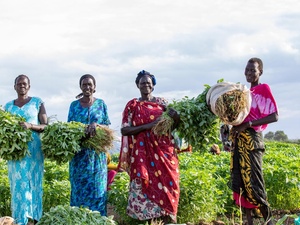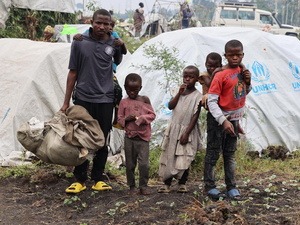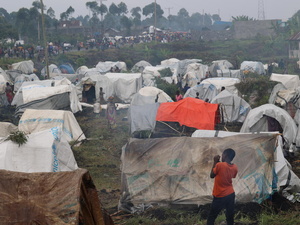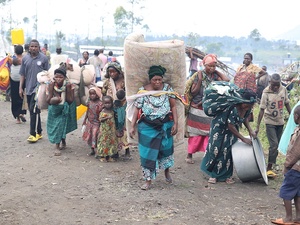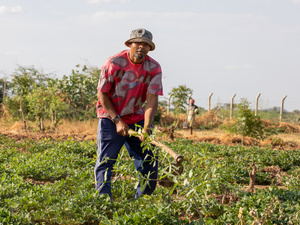Angola: spontaneous returns from DRC slowing
Angola: spontaneous returns from DRC slowing
Spontaneous returns to Angola from the Democratic Republic of the Congo (DRC) have slowed down, amid reports of the lack of food, schools and medical facilities in Angola. In August, only 660 returns have been recorded so far, with numbers falling last week. Between February and July, an average of 1,500 returns were recorded per month.
Angolan refugees living in settlements in DRC told UNHCR they preferred to wait for the UNHCR-sponsored repatriation next year, rather than rush back to Angola now. They said refugees who had already gone back claimed that famine and the lack of schools and medical facilities in the return zones in Angola made reintegration extremely difficult.
Spontaneous returns from refugee sites in DRC total 9,500 since February 2002, including 3,376 from the refugee sites of Kisenge, in the Katanga Province. These are refugees from Moxico Province who fled in 1998 to escape fighting between the rebel UNITA movement and Angolan government forces. They have returned by foot via the official Dilolo border, which used to be the most important railway station for the export of minerals from Katanga, before the Angolan civil war broke out in 1975. Beyond the 9,500 recorded returns, an unknown number of refugees have left sites for Angola without reporting their departure. In addition to the returns from DRC, Zambia has recorded some 4,500 spontaneous departures of Angolans, with an estimated 8,500 additional non-recorded departures.
The majority of Angolans repatriating so far are from areas in Angola close to the border, while those whose native towns and villages are deeper inside Angola are apprehensive about travelling long distances on foot with children and elderly family members.
In the Kisenge area of DRC, UNHCR assists a total of 48,500 Angolan refugees in three sites. Two of the sites, Divuma and Tshimbumbulu to the north-west of the city, are located at a distance of 70 km from the Dilolo border. Due to security concerns, Dilolo has been the only authorised border crossing. UNHCR is negotiating with provincial DRC authorities and Angolan officials to open up another exit point at the Katende-Kasapa border crossing point, 65 km from Kisenge, to the first Angolan village in the Cazombo municipality, north-east of Moxico Province.
There are nearly 200,000 registered Angolan refugees in DRC, most of whom arrived in four large waves - in 1983, 1990, 1998 and 2000.



